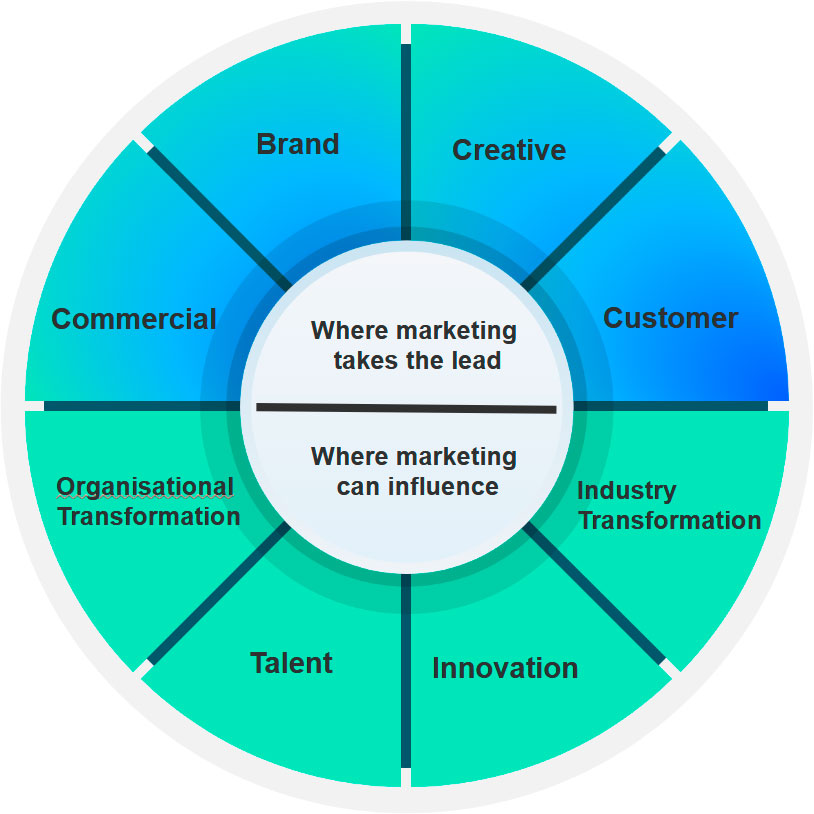Start with the end in mind
Measurement is a powerful tool in driving change. Yet it can be underutilised in pursuit of transformative change, if we aren’t measuring performance against the right outcomes. In a linear model, some measures of success are not compatible with a circular future. For example, a fashion brand tracking success through the lens of volume sold could be reinforcing a ‘make-more, sell-more’ approach, without considering how broader value could be created for the customer, business or wider system. Thinking narrowly in this way might limit investment in circular business models, such as repair or rental, which aim to drive revenue without using the raw materials required to produce new clothes.
Hence when we take a more holistic approach to measurement, we can highlight the benefits a circular approach can deliver:
- Guide strategic decisions: Insights into which messages, channels, and tactics resonate across the customer journey - from acquisition to post-use - helps marketers refine their approach and scale circular initiatives to drive consumer adoption of circular solutions more effectively.
- Showcase impact: By evaluating the influence of circular economy initiatives on performance, marketers can demonstrate how these drive core marketing and business objectives, from brand growth to business resilience and broader organisational goals. For example, measuring the Customer Lifetime Value (CLV) of a circular product or service, enables marketers to prioritise marketing spend based on the projected value of individuals or target cohorts.
- Foster alignment and momentum: Measurement can unite teams around a shared vision and highlight marketing’s role in the circular transition. Embedding circular economy metrics into strategies and incentive structures empowers leaders to shape behaviours, build internal momentum and direct resources and talent towards circular transformation.
Whilst measuring circular marketing success denotes the necessity for new thinking, many standard protocols for marketing success must not be overlooked. For example, if people don’t know your brand offers circular solutions, you won’t see this reflected in brand value. Building awareness of circular solutions is a fundamental step that needs to be taken, then measured accordingly.
Reimagining ‘measurement as usual’
Our recent collaboration with Ellen MacArthur Foundation on the Marketing Playbook for a Circular Economy identified a need to develop practical guidance for marketers looking to evolve measurement practices in line with evolving sustainability ambitions.
Our new publication, Marketing Success for Circular Business Models, sheds light on how marketers can reconsider current best practice in order to capture the value that circular business models offer – from understanding how circular efforts contribute to brand value, through to improved customer satisfaction and loyalty.
8 performance areas for circular marketing impact

These eight performance areas provide useful avenues through which to assess circular business success. The top four are those where marketers can take a leading role, and the lower four are those that marketing may not be responsible for but can influence.
Our approach evolves the familiar categories of marketing performance to factor in circular measures of success. It is not a one-size-fits-all model, but provides a framework for each different brand, sector and business to flex accordingly.
If we take, say, Brand as an example, this area provides guidance on what to look for in regard to the circular contribution to brand value. This includes the percentage change in key brand metrics such as quality, trust, innovativeness, or purpose. Equally, we can measure the percentage of target customers aware of circular offerings within the brand’s total sphere of activities. Each performance area also covers complementary indicators to consider alongside the core indicators, to build the most rounded understanding of overall impact.
Explore the full list of indicators and more detail about the performance areas, including brand examples, here.
Build a baseline, track and measure over time
In order to measure progress over time, brand owners need a clear view of their starting point (baseline) and desired destination (outcome).
For those starting on their circular transformation journeys, begin with gauging simple measures such as the absolute revenue generated from circular solutions, and how that compares versus your total portfolio. Understanding what works commercially will help you identify which circular business models are performing best – giving you an opportunity to get under the skin of why some perform better than others, thus enabling you to channel resources accordingly.
Other indicators should be considered based on the most relevant performance areas for your brand or business, ensuring that what you track is most informative for your needs.
Find out more
To find out more about this guidance on best practice marketing measurement in a circular economy, follow the link here. Within the interactive webpage, we highlight and describe key priority indicators. We also give examples of brands using these measures to help fast track their efforts in pursuit of results that are aligned with circular principles.
How Kantar can help
If you would like to take this further, Kantar can support you in identifying the most relevant indicators for your brand or business, and collaborate with you to develop tailored measurement tools that can track ongoing progress effectively.
To discuss, please reach out to Emily Hill, Sustainable Innovation Lead, here.

